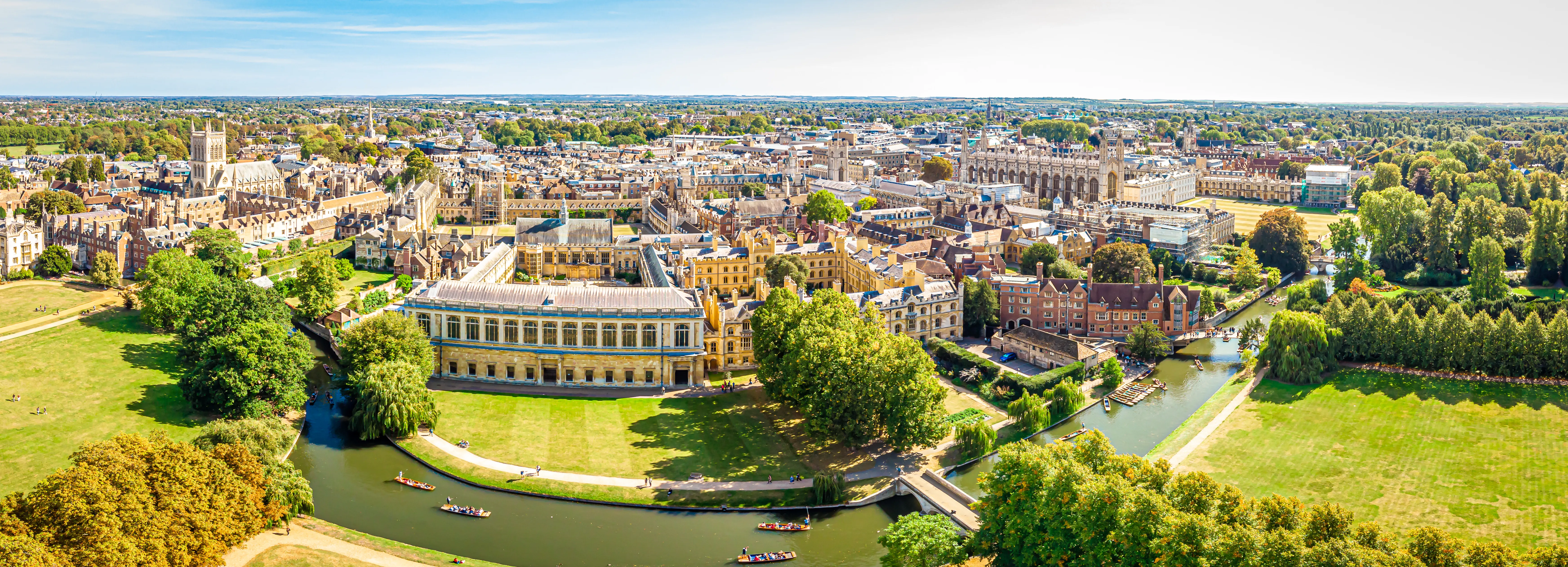

When you turn off the lights in your room, it quickly becomes dark, even if your window is shut. This phenomenon can be understood through the principles of light absorption, reflection, and the nature of light itself.
Light emitted from a light bulb is not merely a continuous stream that escapes into the environment. Instead, all of the light is rapidly absorbed by objects in the room, converting its energy into heat and other forms of energy within microseconds after the light is turned off.
Light is composed of photons, which are quantized bits of electromagnetic energy. Unlike materials such as wind or smoke, light has no mass and does not consist of atoms. Therefore, when light travels, it moves in straight lines until it encounters an object. Unlike gases, light does not leak out or diffuse; it interacts with surfaces it encounters.
When light strikes an object, several outcomes can occur:
The specific proportions of absorption, reflection, and transmission are determined by the material properties of the object, including its shape, thickness, and color.
For instance, consider three different materials:
The process of absorption involves the complete destruction of a photon. When light is absorbed by an object, its energy is converted into the potential or kinetic energy of electrons and molecules in the object. This energy transfer can occur in several ways:
When you turn off the light, the light that has been bouncing around the room is quickly absorbed by the surfaces it encounters. No surface is perfectly reflective, meaning that with each reflection, a fraction of the light is absorbed. For example, if your walls are made of highly reflective materials, like pure silver, they might reflect about 97% of the light.
To illustrate this mathematically, consider a room that is 5 meters (about 16 feet) long with walls that reflect 97% of the light. After one reflection, 97% of the original light remains. After two reflections, the remaining light is:
0.97×0.97≈0.9409 (or 94.09%)Continuing this process, after three reflections, the remaining light is:
0.97×0.97×0.97≈0.912673 (or 91.27%)As this process continues, after around 200 reflections, the light can be reduced to 0.2% of the original intensity. Given that light travels at approximately 3×108 meters per second, this absorption occurs almost instantaneously—roughly 4 microseconds after you turn off the light.
Consequently, once the light is turned off, darkness fills the room just as quickly as the light disappears. Darkness can be understood as the absence of light, which travels at the same speed, creating an immediate transition to darkness when the light source is removed. Thus, even with your window shut, your room gets dark almost instantaneously after switching off the lights due to the rapid absorption of light by surrounding materials.
 100% |  Global |  97% | |
|---|---|---|---|
Professional Tutors | International Tuition | Independent School Entrance Success | |
| All of our elite tutors are full-time professionals, with at least five years of tuition experience and over 5000 accrued teaching hours in their subject. | Based in Cambridge, with operations spanning the globe, we can provide our services to support your family anywhere. | Our families consistently gain offers from at least one of their target schools, including Eton, Harrow, Wellington and Wycombe Abbey. |
 100% |
|---|
Professional Tutors |
| All of our elite tutors are full-time professionals, with at least five years of tuition experience and over 5000 accrued teaching hours in their subject. |
 Global |
International Tuition |
| Based in Cambridge, with operations spanning the globe, we can provide our services to support your family anywhere. |
 97% |
Independent School Entrance Success |
| Our families consistently gain offers from at least one of their target schools, including Eton, Harrow, Wellington and Wycombe Abbey. |
At the Beyond Tutors we recognise that no two students are the same.
That’s why we’ve transcended the traditional online tutoring model of cookie-cutter solutions to intricate educational problems. Instead, we devise a bespoke tutoring plan for each individual student, to support you on your path to academic success.
To help us understand your unique educational needs, we provide a free 30-minute consultation with one of our founding partners, so we can devise the tutoring plan that’s right for you.
To ensure we can best prepare for this consultation, we ask you to fill out the short form below.